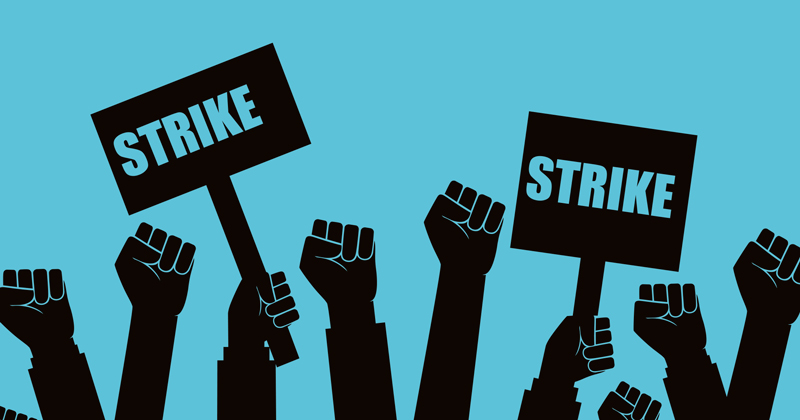Expressing frustration, the coalition emphasized the hardships faced by drivers, including long hours, concerns for safety, and the constant fear of being deactivated from the platform at any moment. The strike, which saw participation from ride-share drivers and delivery workers spanning the East Coast to the Midwest, involved a refusal to accept rides to or from various airports across several cities including Austin, Chicago, and Philadelphia, among others.
Despite inquiries about the scale of the strike, the coalition did not provide specific figures on the number of participating drivers. However, DoorDash downplayed the impact of the strike on Valentine’s Day, stating that they didn’t anticipate any significant disruptions to their services.
The coalition emphasized the hardships faced by drivers, including long hours, concerns for safety, and the constant fear of being deactivated from the platform at any moment
Both DoorDash and Uber asserted their commitment to listening to their drivers and improving their platforms. DoorDash highlighted its recent update to the earnings model, which now offers delivery workers the option to earn based on time spent making deliveries. Similarly, Uber noted that despite the strike, there was no noticeable impact on their operations or reliability for riders.
Lyft, on the other hand, pointed out recent changes it had made to improve driver earnings and the appeals process for deactivation. The company emphasized its ongoing efforts to enhance the driver experience through new offers and commitments aimed at increasing pay and transparency.
According to Lyft’s data, the median earnings for a U.S. Lyft driver using a personal vehicle during the latter half of 2023 were $30.68 per hour of engaged time, while Uber drivers made $33 per utilized hour according to CEO Dara Khosrowshahi. However, details regarding expenses and net earnings after deductions were not fully disclosed.





